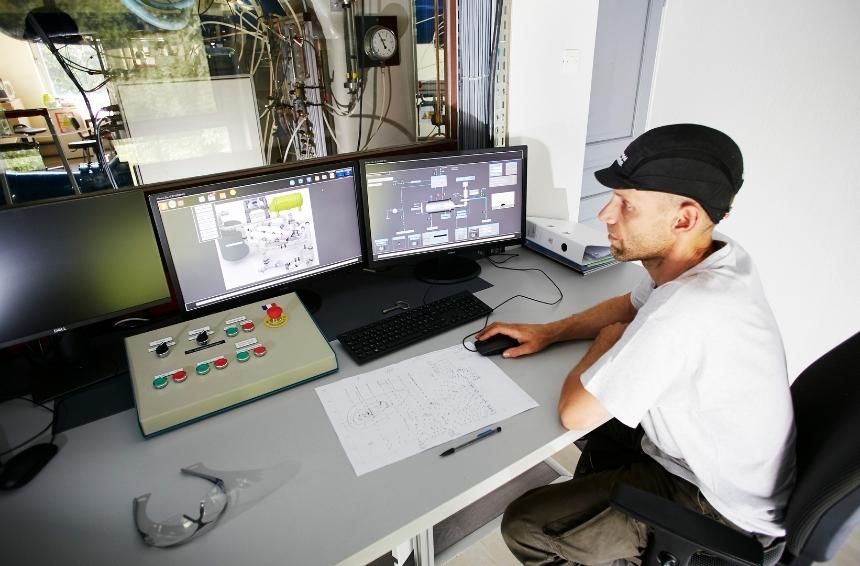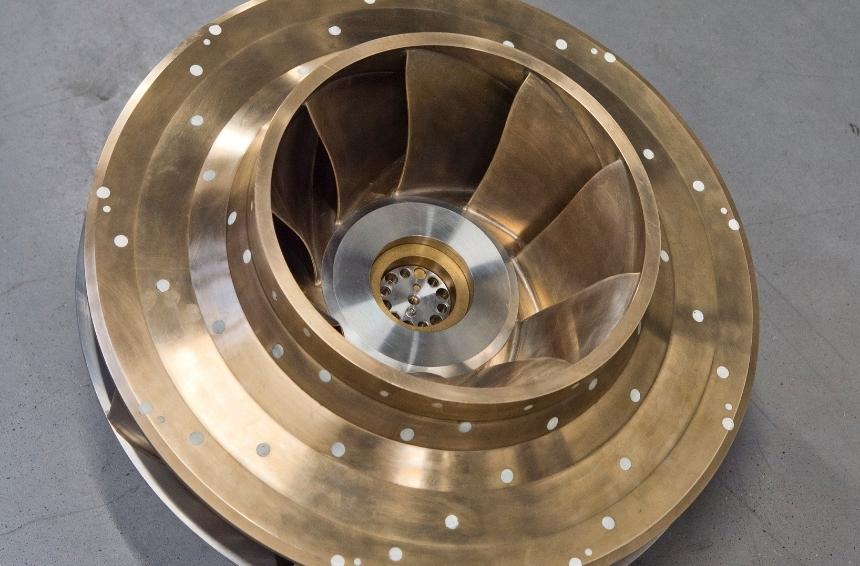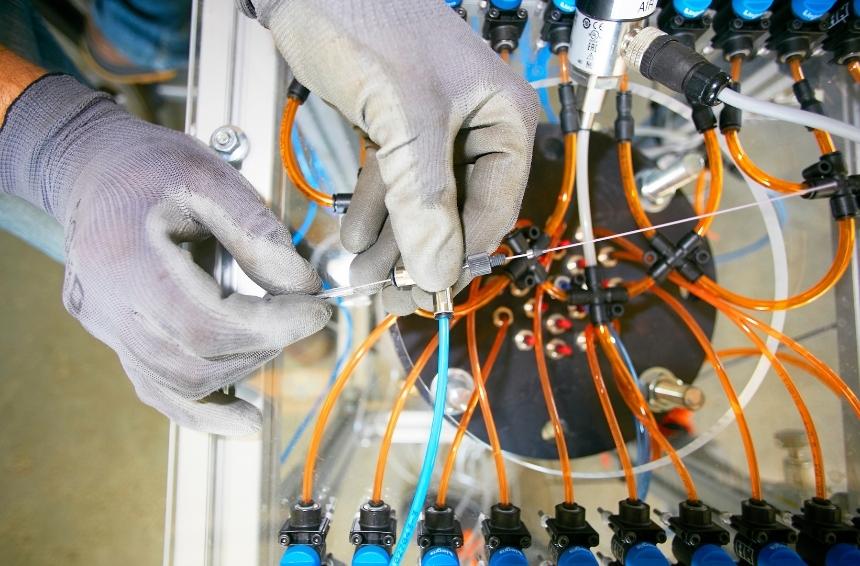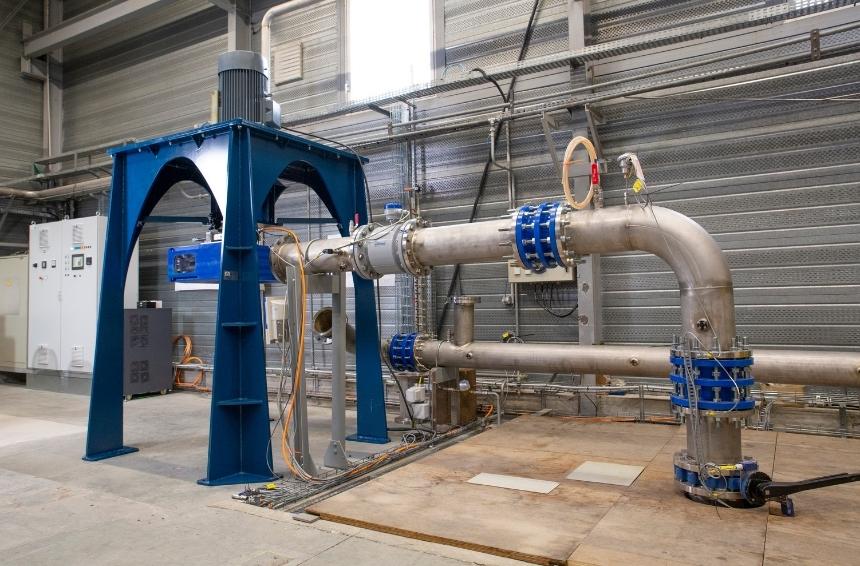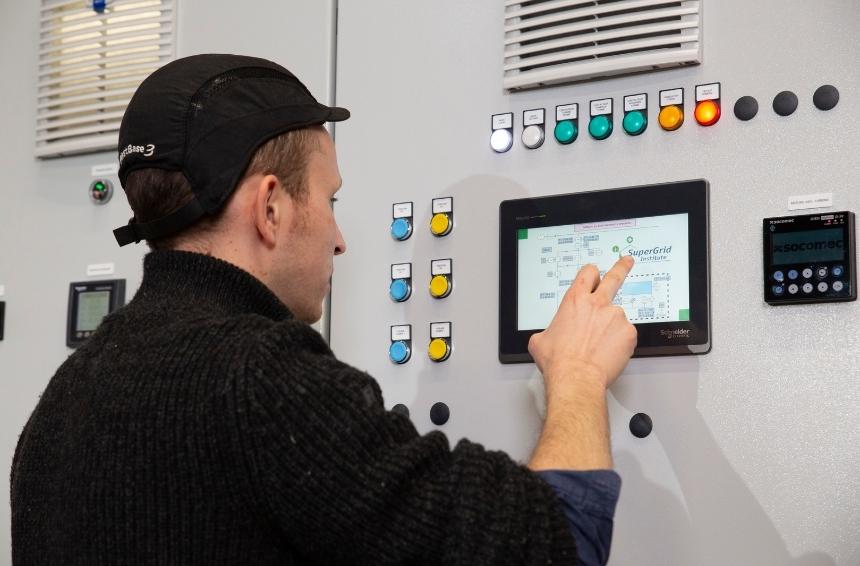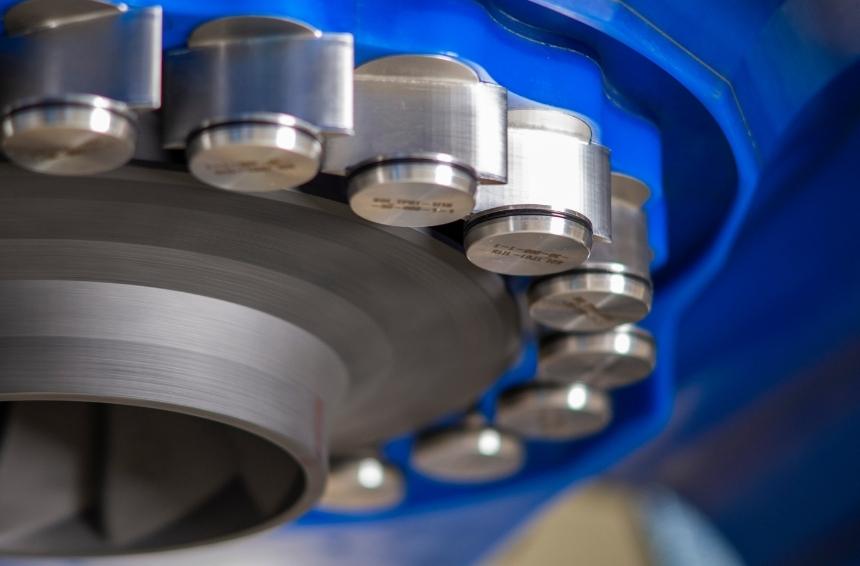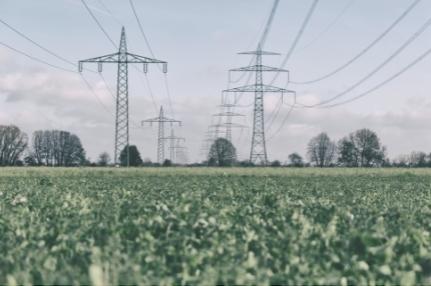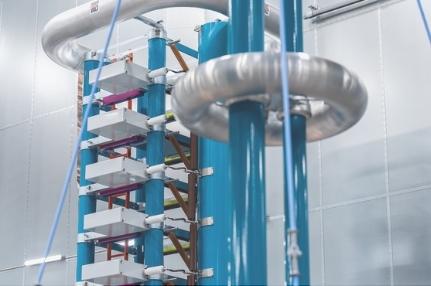Power Storage & Balancing
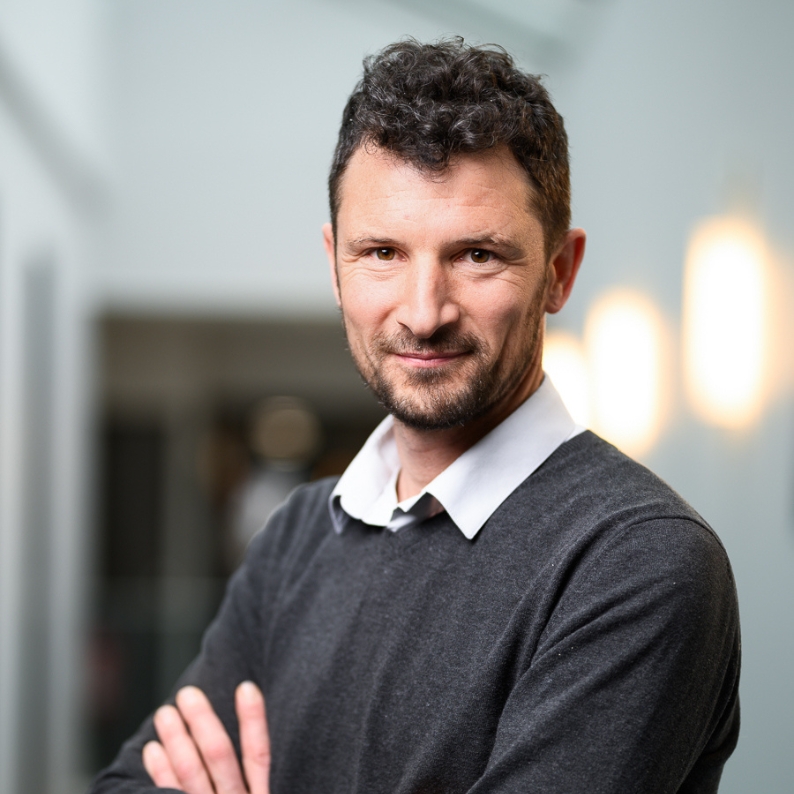
“Managing the wide-scale introduction of intermittent renewable energy sources into electricity transmission networks is essential for ensuring the stability and flexibility of the grid, especially in an HVDC context. Innovative, hybrid storage solutions will enable us to do this.”
Renaud Guillaume, Department Director – Power Storage & Balancing
To support the integration of renewable energies within the European electricity network, the Power Storage and Balancing department adapts and develops hydraulic storage solutions based on the use of pumped storage plant (PSP) technology.
Because wind and solar energy are highly variable, using them on a wide scale requires massive and reactive means of storage. Although hydraulic storage is a mature technology – today it represents 97% of electrical energy storage worldwide – it must be significantly adapted to meet the challenges of the energy transition.
We focus on adapting conventional or variable speed pump turbines and improving their hydraulic characteristics. We also study the hybridisation of PSPs with other means of storage, exploring the economics of ancillary services.
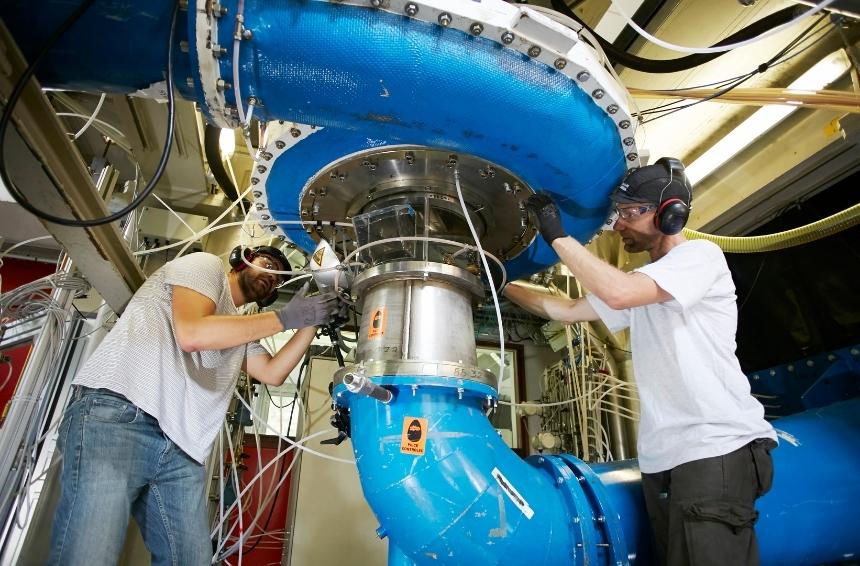
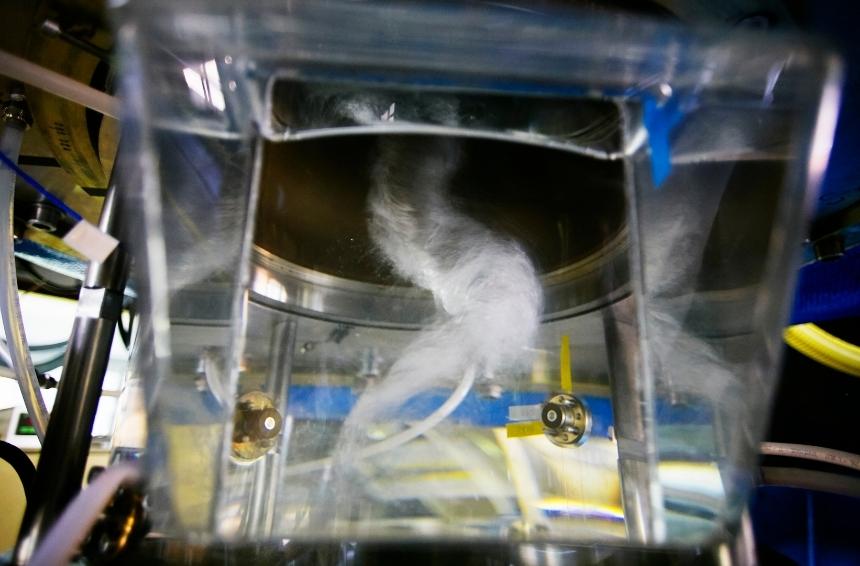
SuperGrid Institute’s hydraulic platform makes it possible for us to test every kind of reversible pump turbine in all four quadrants, gathering data on efficiency, cavitation and dynamic behaviour according to IEC 60193 standard requirements.
Another platform, HydroPHIL, simulates the performance of hydroelectric dams. It focuses on hydraulic transitions within the power grid and, more generally, on unsteady regimes associated with the operation of hydraulic turbines: power build-up, start-ups, shutdowns, etc.
Recent publications
ReHydro: Our latest contribution to the European hydropower sector gets underway
On May 28, 2024, the Horizon Europe project "Demonstration of Sustainable Hydropower Refurbishment" was launched in Brussels. Running for four years, ReHydro involves 22 partners from seven countries. The project aims to enhance hydropower's role in the electrical grid by upgrading plants to be more sustainable and flexible.
Impact of renewable energy generation on power reserve energy demand
This work focuses on analysing the relationship between reserve energy demand and load, wind, and solar generation.
Superconducting Cable Modelling into Electro-Magnetic Transient Simulation
The European project SCARLET aims to study and realize a demonstrator of a MVDC high-power superconducting cable.


